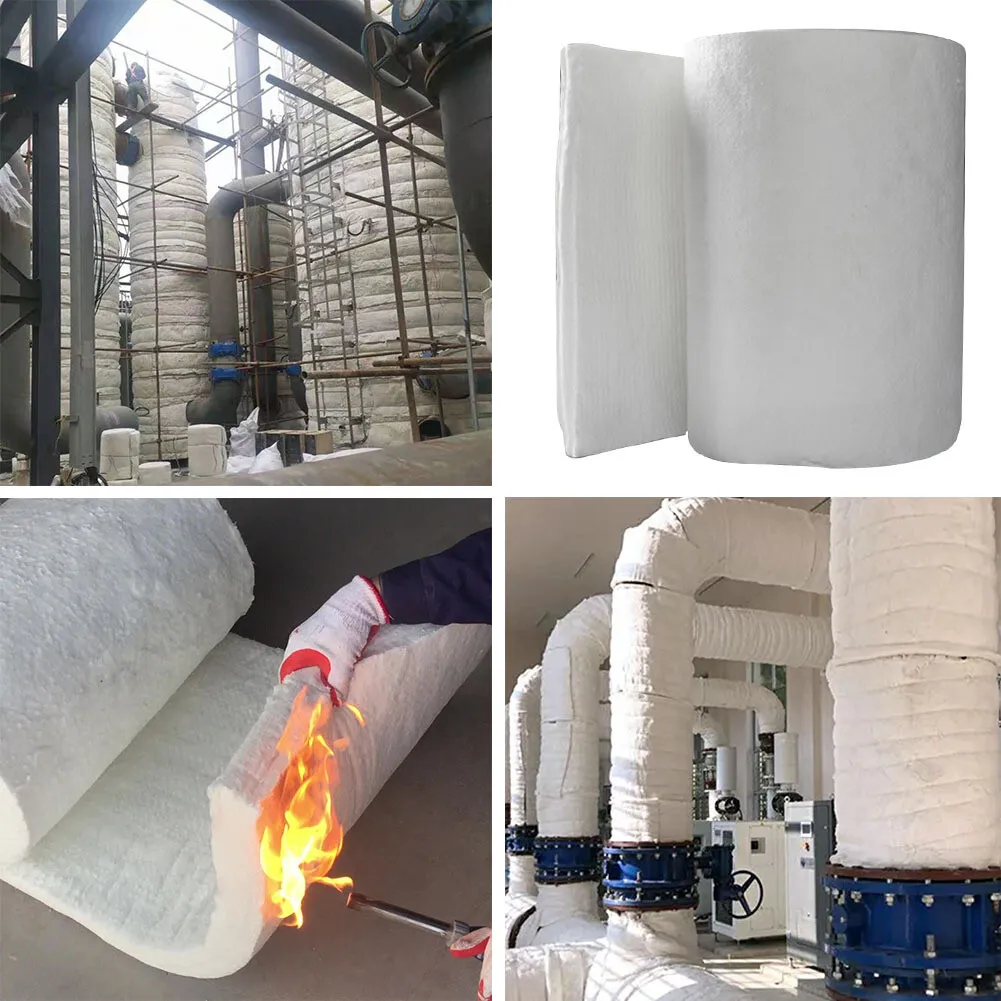Unveiling the Truth: Is Fire-Retardant Truly Fireproof?

Fire safety is a critical concern in various industries, from construction and manufacturing to transportation and consumer goods. When it comes to protecting lives and property, understanding the difference between fire-retardant and fireproof materials is essential. In this article, we will delve into the intricacies of fire-retardant and fireproof properties, exploring their distinctions, effectiveness, and implications for safety.
- Defining Fire-Retardant and Fireproof:
Fire-Retardant: Fire-retardant materials are designed to slow down or inhibit the spread of fire. They are treated with chemicals that delay ignition or reduce the rate of combustion. Common fire-retardant substances include halogenated compounds, phosphates, and intumescent coatings.
Fireproof: Fireproof materials, on the other hand, are inherently resistant to catching fire or sustaining combustion. These materials are typically non-combustible and do not require additional treatments or coatings to achieve fire resistance.
- Understanding Fire-Retardant Effectiveness:
While fire-retardant materials can significantly reduce the flammability of a substance, it is important to note that they are not entirely fireproof. Fire-retardant treatments can provide valuable time for evacuation, emergency response, and fire suppression efforts. However, they may eventually succumb to the heat and flames if exposed for an extended period. - Evaluating Fireproof Materials:
Fireproof materials offer a higher level of fire resistance compared to fire-retardant materials. They are engineered to withstand extreme temperatures and prevent the spread of fire. Common examples of fireproof materials include certain types of concrete, bricks, and specialized fire-resistant fabrics. These materials are often used in the construction of fire-rated walls, doors, and other safety-critical structures. - Real-World Applications:
Understanding the distinctions between fire-retardant and fireproof materials is crucial for making informed decisions in various industries. For instance, in the construction sector, fire-retardant treatments may be applied to wood or fabric to meet specific fire safety regulations. However, when it comes to critical areas like fire exits or fire barriers, fireproof materials are typically employed to ensure maximum protection. - Safety Considerations:
When assessing fire safety measures, it is important to consider the intended use and potential hazards of a particular environment. Fire-retardant materials can provide an effective solution in many scenarios, but their limitations should be acknowledged. Fireproof materials, with their inherent resistance to fire, offer a higher level of protection and are often preferred for critical applications.
Conclusion:
In conclusion, the distinction between fire-retardant and fireproof materials lies in their inherent properties and effectiveness in resisting fire. While fire-retardant treatments can delay the spread of fire, fireproof materials provide a higher level of protection and are inherently resistant to combustion. Understanding these differences is crucial for implementing appropriate fire safety measures in various industries. By choosing the right materials and strategies, we can enhance fire safety and protect lives and property effectively.



